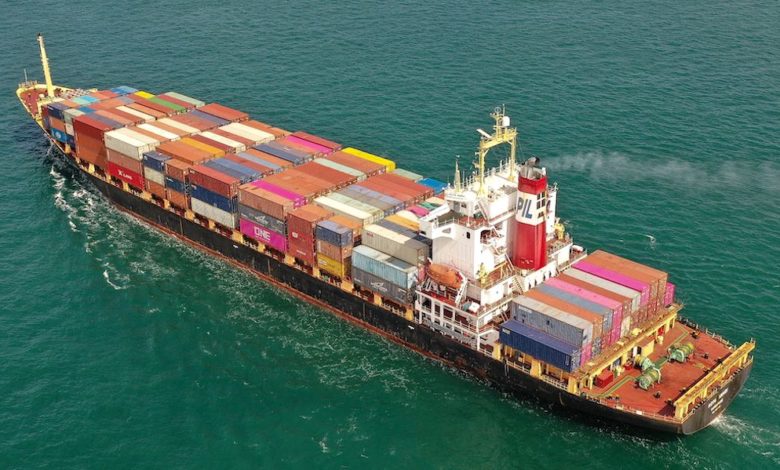Shipping emissions leapt 4.9% last year

The tough task to decarbonise global shipping has been put into sharp relief with data released this week from UK broker Simpson Spence Young (SSY) showing the industry’s 2021 CO2 emissions increased 4.9% from 2020, not only rebounding from the 2020 Covid lows but also surpassing 2019 levels.
Explaining the increase, SSY analysts noted in a markets update: “The key driver was the recovering 2021 world economy where demand for durable goods has remained firm while services demand has increased. Added to this is a trend towards longer ton-mile trade, higher steaming speeds in some segments, and increased port congestion.”
The increase represents an inconvenient truth for the IMO
In terms of sectors that saw the biggest increases last year, liquid gas stands out with added capacity, strong demand and longer ton-mile trade all pushing emissions higher. Container and bulker emissions also continued to increase on solid demand, but also with what SSY described as a “potent combination” of faster steaming speeds, longer trade routes and port congestion raising emissions.
“The increase in 2021 shipping emissions represents an inconvenient truth for the IMO, particularly following the ‘keep 1.5 alive’ commitments emerging from COP26,“ SSY noted. “As the EU Commission noted during the launch of their #FitFor55 package, while the IMO actions are welcome the ‘measures are insufficient to decarbonise international shipping in line with international climate objectives’.”
SSY argues that the IMO’s medium term strategy to lower the energy- and carbon-intensity of global shipping will not meaningfully reduce CO2 emissions. SSY estimates that approximately 75% of the tanker and bulker fleets will not comply with the EEXI 2023 requirements without remedial action.
The hike in emissions last year was covered in a recent issue of sister title Splash Extra with Dr Tristan Smith from UCL Energy Institute, one of the world’s best known academics looking at shipping and greenhouse gases (GHGs), arguing that the key to mitigating emissions during market gyrations is logistics and operations management.
“The last 12 months have shown how inflexible a lot of systems are and how lacking in resilience supply chains are and how unable they are to deal with small perturbations,” Smith said, adding: “If there was ever a time for modernisation, digitalisation and getting high quality, transparent and functional data access across the supply chain, surely it’s now. The interconnection with GHG is clear.”

This is not just evidence of backsliding; this is frightening.
Global trade increased so greenhouse gas emissions from shipping increased, so no surprises there. In the absence of widely available alternatives to current marine fuels it is not clear what the IMO is supposed to do about this .Decarbonising shipping will be a long hard and very expensive enterprise that will require agreement and co-operation between all of the major global shipping nations/trade blocs . First steps are already being taken in the development of systems to produce and use alternative fuels such as green methanol , green ammonia or green hydrogen but these would seem to be at least 20 years away from the point where they will start to make any difference to GHG emissions from shipping . In the short term the only real solution is to reduce the volume global trade that would mean a global recession and not many are going to vote in favour of that